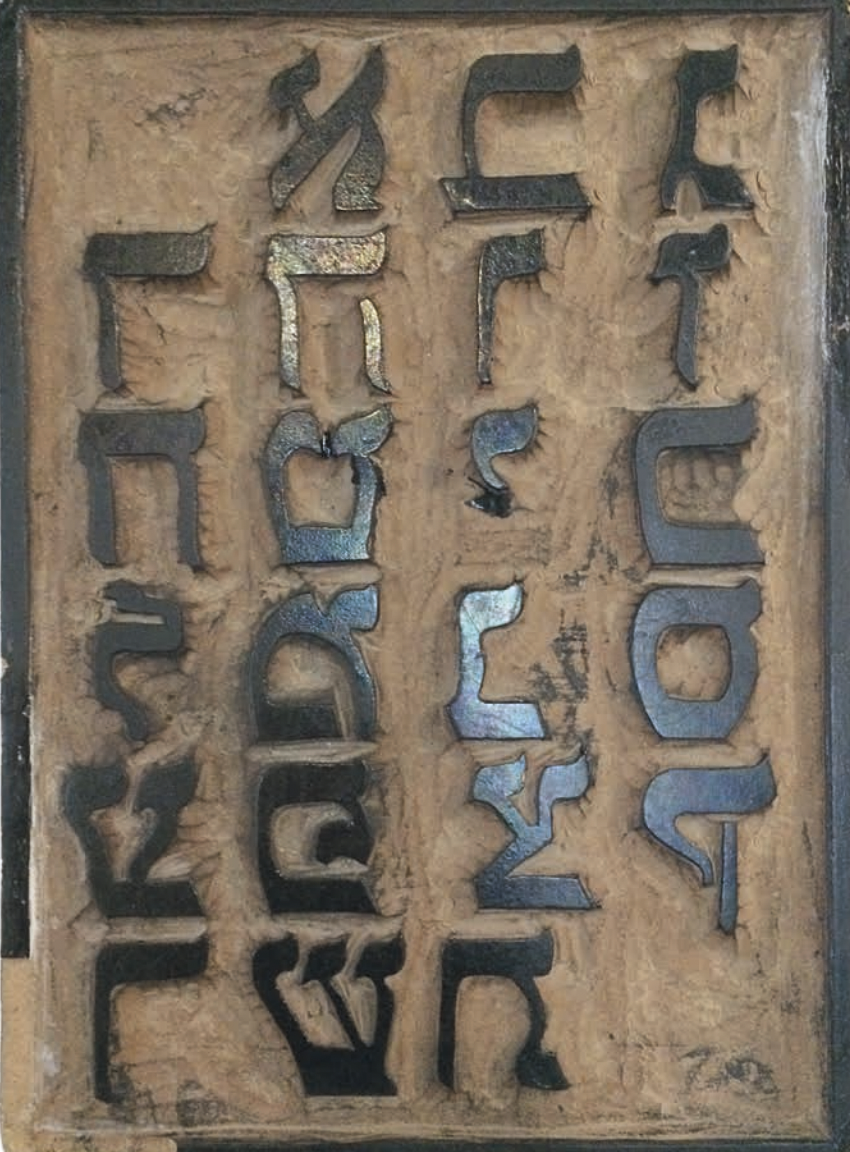SONCINO – The amazing legacy of a Jewish family

Some may never have heard of Soncino, a small medieval town in the province of Cremona (Lombardy), which is the lead city for the European Day of Jewish Culture in Italy this year. However, bibliophiles must have been intrigued by the announcement. After all, the Jewish surname Soncino comes from this town, where some of the world’s most important printers began their typographic activity.
While Soncino is not the origin of Hebrew printing, Italy is rightly recognized as the birthplace of this art form in the Hebrew language. The first Hebrew prints date from the late 1460s, although they are undated. The Arba’ah Turim by Jacob ben Asher, printed in Piove di Sacco (Padua) by Meshullam Cusi and family, and the Perush ha-Torah by Rashi, printed by Abraham ben Garton in Reggio Calabria, are dated to 1475.
Just a few years had passed since Johannes Gutenberg, a German goldsmith, began his groundbreaking work in Mainz in the mid-15th century. This innovation soon spread to Jewish communities, which recognized its potential as a tool for disseminating knowledge and as a business venture. Among these pioneers was the Soncino family, who were the only ones to print in Hebrew for an entire decade between the 15th and 16th centuries.
Originally from Speyer, Germany, the family left the imperial territories due to anti-Jewish persecution at the end of the 14th century. They arrived in northern Italy and moved from city to city between the Duchy of Milan and the Venetian Republic, engaging in lending activities. In 1454, they reached Soncino after being granted permission by Francesco Sforza, the Duke of Milan.
Initially, the duke welcomed and protected them because he benefited financially from their work. However, their situation changed with the opening of a Mount of Piety in 1472. It was not just the competition that led the family to begin printing, but also the anti-Jewish sermons preached by the friars running the new institution.
Although their printing enterprise was born from an economic interest, it never lost a cultural focus. Works related to Jewish culture and religion were printed on these foundations. The pinnacle was the publication of the first complete vocalized Hebrew Bible in 1488. However, just as the pages were being pressed, a new setback occurred: the false accusation that Israel Nathan possessed books against the Church. This was followed by a mock trial.
From that moment on, the printing business became “itinerant.” In search of fortune and opportunities, the Soncinos printed books in various Italian cities. The figure of Gershom “the Pilgrim” emerged; this name seems to be a premonition of his life. His vicissitudes are evident in his printing activities, which constantly relocated between cities (Brescia, Fano, Pesaro, Ortona a Mare, Rimini, Thessaloniki, and Constantinople), the diversification of production to include not only Hebrew texts, but also works in Latin, vernacular languages, and Greek, and the competition with Christian printer Daniel Bomberg in the field of Hebrew printing. Despite these challenges, he produced marvelously crafted and philologically accurate works, securing his place in history as one of the greatest printers of all time.
Photo: Ancient woodcut matrix for the xilographic printing of a Hebrew text
Translated by Matilde Bortolussi and revised by Alessia Tivan, students at the Advanced School for Interpreters and Translators of the University of Trieste, trainees in the newsroom of the Union of the Italian Jewish Communities – Pagine Ebraiche.
